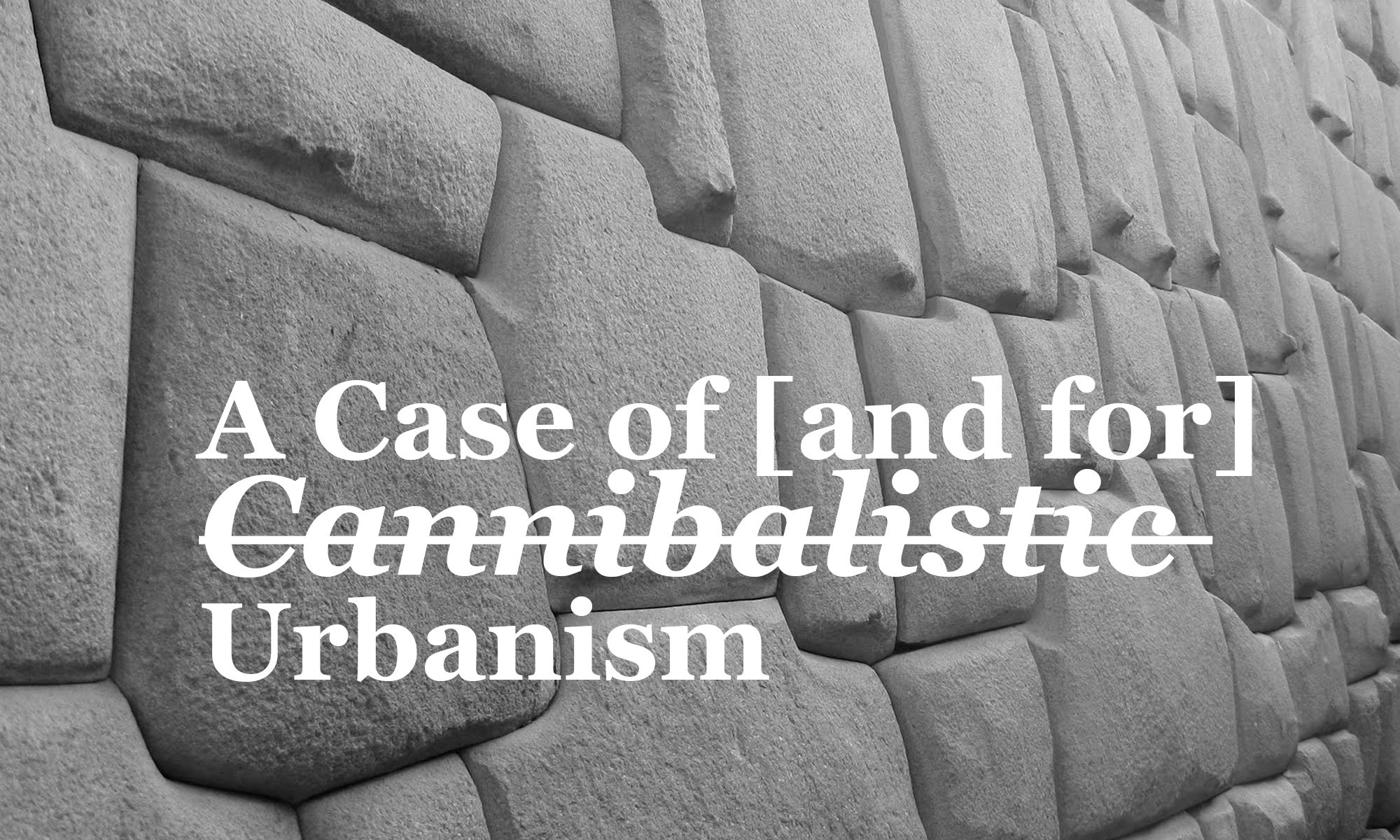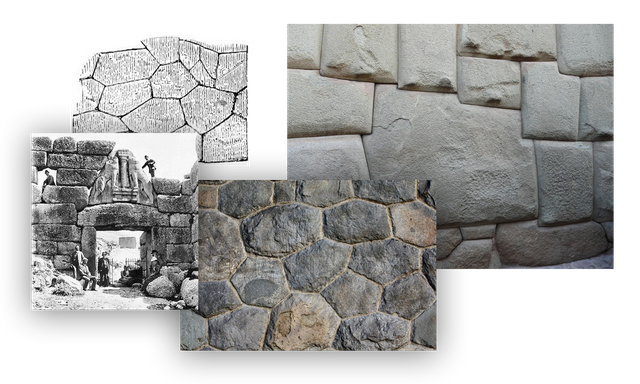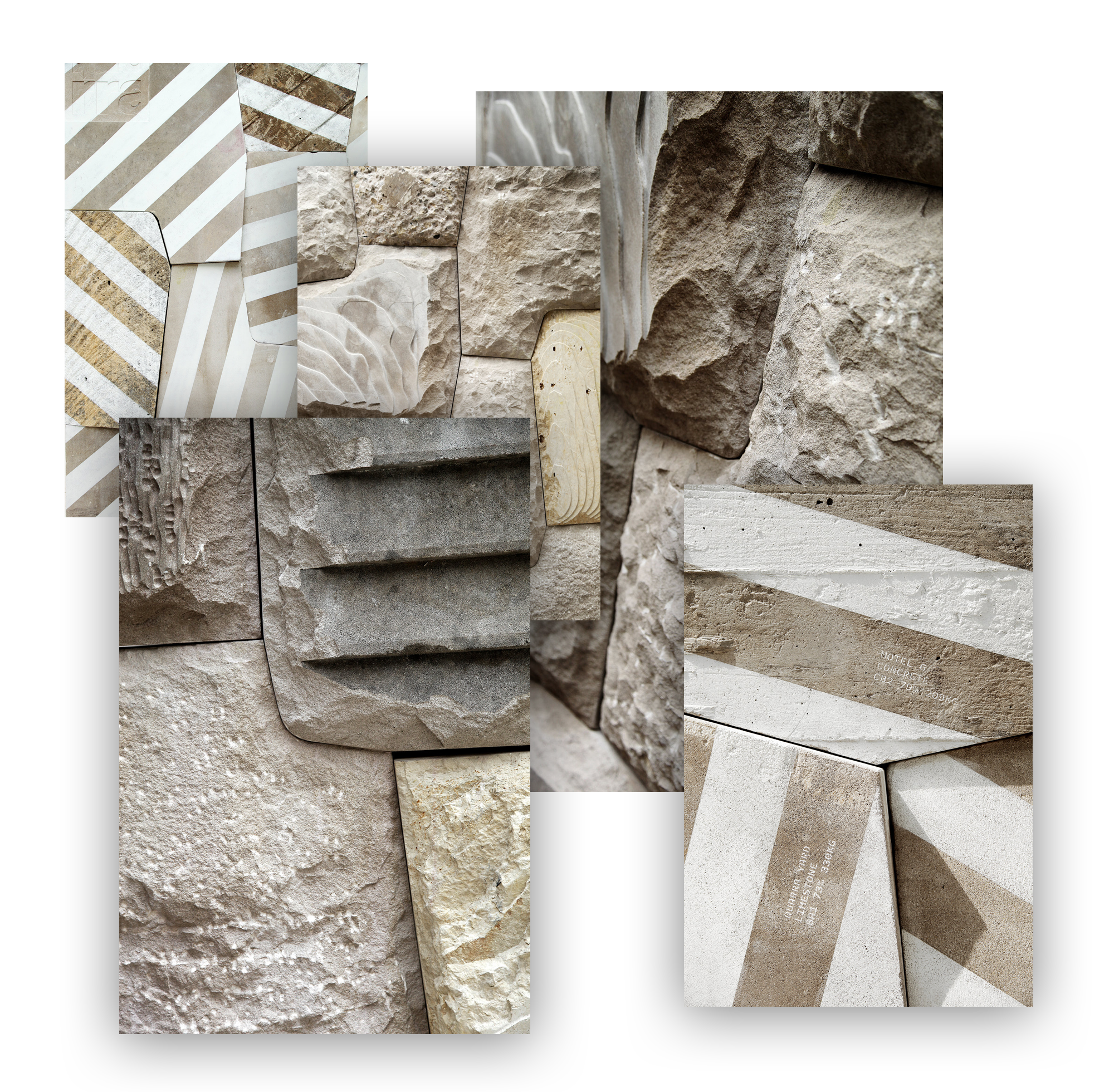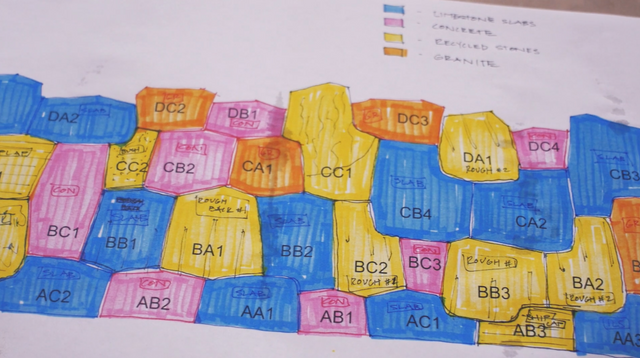A Case of [and for] Cannibalistic Urbanism
Learning from Cyclopean Masonry
Sorry, Steemians.. This article is not a controversial pro-zombie apocalyptic perspective. Nor is it any kind of new-age urban planning purge approach. Instead, we're going to talk about masonry, huzzah! Specifically, this article will look at reclaiming ancient masonry techniques to create healthier cities.
There is wisdom in the walls. Spanning from Ancient Athens to Machu Picchu, cyclopean masonry is a practice of construction that has endured for centuries. Massive blocks of stone collaged together in a hypnotic array of epic craftsmanship. These masons knew their materials well.
Cyclopean masonry: wall constructed without mortar, using enormous blocks of stone. This technique was employed in fortifications where use of large stones reduced the number of joints and thus reduced the walls’ potential weakness. Such walls are found on Crete and in Italy and Greece. Ancient fable attributed them to a Thracian race of giants, the Cyclopes, named after their one-eyed king, Cyclops. Similar walls, though not called cyclopean, are found at Machu Picchu, Peru, and at several other pre-Columbian sites in the New World. Source
In Peru, these walls were composed of four distinct stone types. Yucay limestone, green Sacsayhuaman, diorite porphyry and black andesite. Source Each hosted a range of densities and textures unique from the next, yet they could all be assembled together in a seamless thread along the facade of an ancient building. These chains of blocks (see what I did there?) could weigh multiple tons a piece and were harvested using the most basic of tools; tougher stone, bronze, rope, logs and sand.
A Case for Cannibalistic Urbanism
Mortar was never used in assembling these types of structures. With sand and grinding stones - you could customize each stone precisely to what was needed. The process also meant that stones could easily be repurposed between old structures and new structures. When a supplies ran low, abandoned buildings could be reassembled into something new. On the trail between the quarry and construction site, lost stones could be reclaimed and refinished. Entire neighborhoods could be rebuilt. These giant Tetris pieces were literally migrating from one neighborhood to the other. New buildings consumed the old.
This strategy of cannibalistic urbanism is especially efficient if you're on the top of the Andes, Mount Lycabettus in Athens, or Palatine Hill of Rome. (Quarries are usually somewhere down hill.)
A New Look at Old Resources
Today, architects are looking at our Cyclopean ancestors for inspiration as they mold the rules of new construction. Waste is a huge theme of modern day design. This is especially sensitive within urban regions, where construction materials are more expensive and competitive to obtain. And in recent years, both the buildings and the waste are piling higher. In 2014, construction and demolition debris doubled the amount of municipal solid waste in the United States. C&D debris totaled over half a billion tons. Source
Architects like Matter Studio are looking to provide solutions to these problems:
In today’s urban context, we generate unprecedented quantities of waste. There is an impending crisis hinging on how we deal with this debris, specifically from buildings. In order to more intelligently reconsider the existing building stock, the profession could learn a great deal from cyclopean constructors. These methods force us to relinquish pre-determined design composition in exchange for a systemic, intelligence design, capable of responding to unknown conditions. Source
Looking ahead, maybe we should have a second look at Cyclopean Masonry? With new fabrication tools like six-axis routers and automated 3D scanners it might be easier collage new buildings out of the old. We would be preserving the vernacular of the past while celebrating the technological advances of today. What are your thoughts on this, Steemit?




This was a very informative and joyful read!...till I saw the video. Now, I cant help but thinking about drawing a wall - bending it - grasshopper voronoing it - 3d printing it ... Because stacking it at last will be weirdly satisfying.
I can imagine some building built with different texture of masonry, all are from collected construction waste. The cost of waste is still ‘affordable’ for the contractors to stick with conventional way of doing while adopting with the new 3D printing tech may be too pricey for them. In my country, even modular construction is having a hard time to be implemented, due to the labour cost is relatively cheap than machines.
Anyway, it is a good thing to look into and maybe by indentifying the local market to scavenge for these waste, I could make my first bucket! Haha
Your news was a lot better and your posts were much better
it would be nice, if people recycled old building materials
our ancestors were wise; that's why people survived for so long
let's see how long we are going to survive
p.s.: do you remember where in Lycabettus you saw cannibalistic urbanism?
Wow!wonderful post
thanks for sharing
Great piece of history @voronoi! We look at it as a certain thing, just like it came so obvious, however there is a great history of anything even in masonry. Especially it’s great there are projects to solve the issue with derbies, which is a huge problem all over the world.
That video showing how to revisit mortar-less masonry is astounding. It is amazing what we can do with technology today.
Your article brought to mind an architect's house in rural India where I spent a night recently. I was so inspired by the small community he had helped design. He's used foundation-less (the structures stood on a cement-less stone plinth) rammed earth to build homes that can be dissolved if its inhabitants were ever to move.
The problem though is that not a lot of people care about the waste being generated in construction. Few like matter studio can afford to survive in the field and do this kind of work.
Sounds great but I think the snitch lies in the cost. Cement is cheap. Concrete is cheap. Builders and developers don't care about the environment, lesser so if it means parting with their profit (at least from my experience in the developing world). We can achieve a lot technologically but for the idea to be more than just discourse, we're going to have to think about cost.
Maybe a jumped a step there, haha. I love the thought of having a collaged city with vernacular expressions from all over the world. If we were to make a database of all the different kinds of techniques communities have used for centuries to build their structures without generating much waste, and then were to cross pollinate that kind of information and adapt it to new contexts, we'd probably see the emergence of newer means of building.
From the moment I understood what this article was about, I felt my inner nerd squeak of joy (or is it a murr? Not sure). As @mintvilla said, "weirdly satisfying" and my own words: thrilling! (Yes, I mean it). Just to know that there exist articles like this, that I just got to be aware of it and can enjoy it, and read it over and over again.
It is wonderful that some architects look at the old ways. I really hope it will turn into something soon!
I also got a craving for trying. What if... I found some medium-sized stones in my garden and started on a 5-year project of grinding them each time I felt like it? For instance after an argument, or after the kids have ruined something in the house. I imagine it will make great therapy! Not to mention when the wall is finished!
The only thing I don't like is not having enough steem to vote for this article, so my vote will have to wait until tomorrow.
Thank you for a great post!
I thought Cyclopean masonry like this was from the Mycenaean Period, not Athens. There would be about a thousand years separating the two, no?
Well heck Kirk, that looks familiar! A short video from a couple weeks ago in Cusco! Excellent detailed post by the way! Well done! May have to reference this when I do my Cusco architecture tour post.
Wow @world-travel-pro! Apologies for the delay in reply. This is fantastic! It's so smooth and incredibly complex seeing it like this. Hopefully I'll make it down there one day :)
All good my friend. Will be posting my Cusco architecture tour videos next week :)